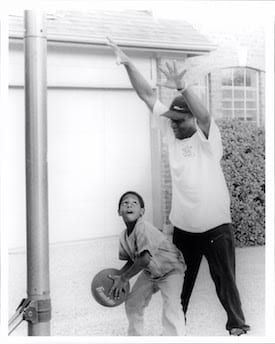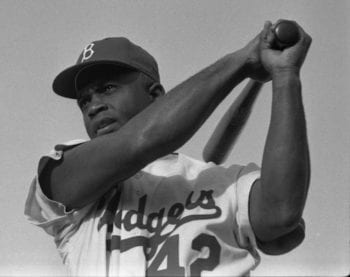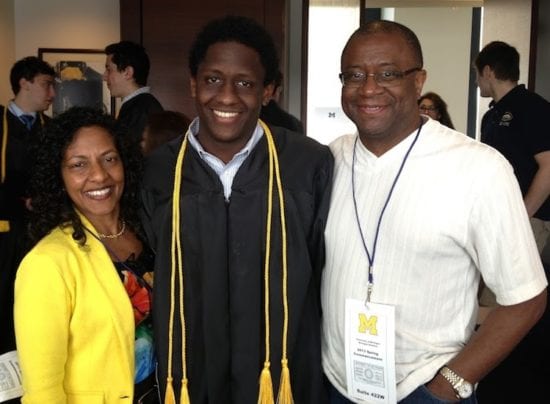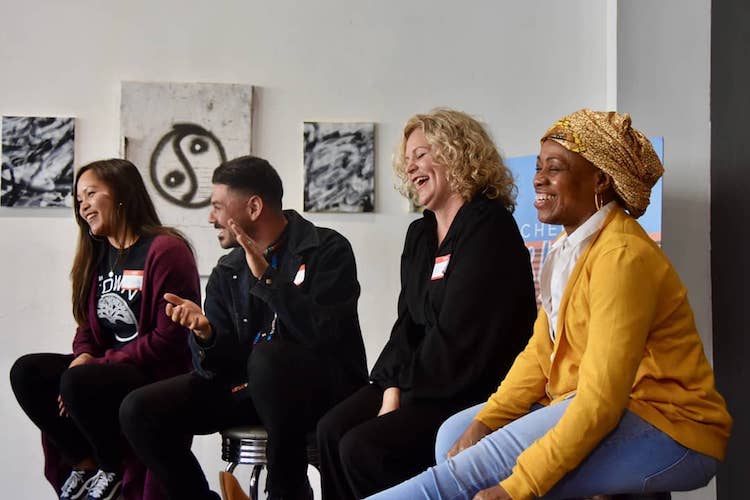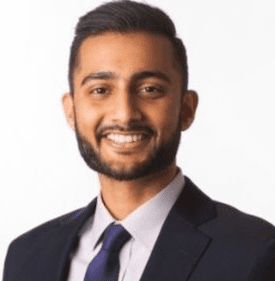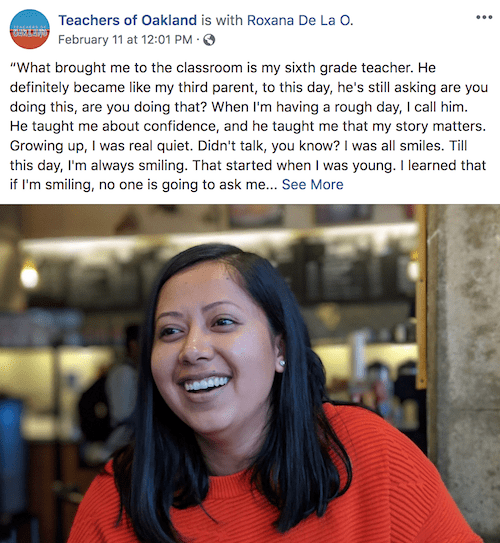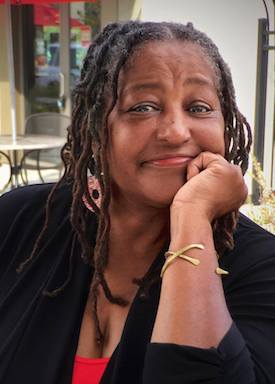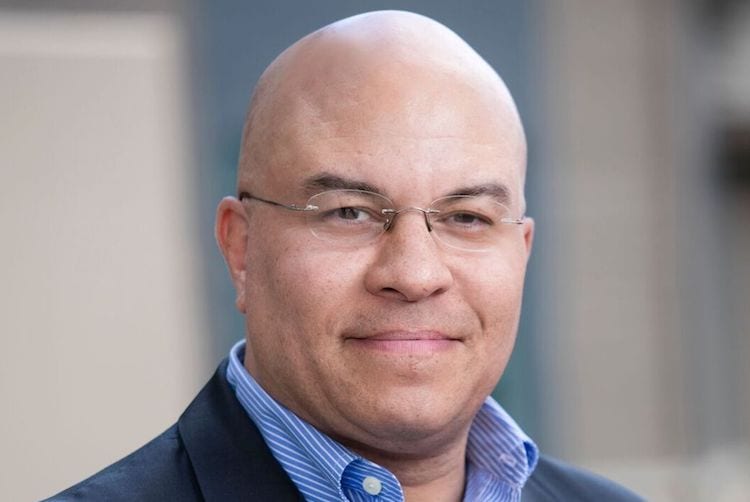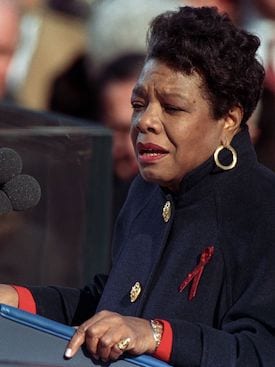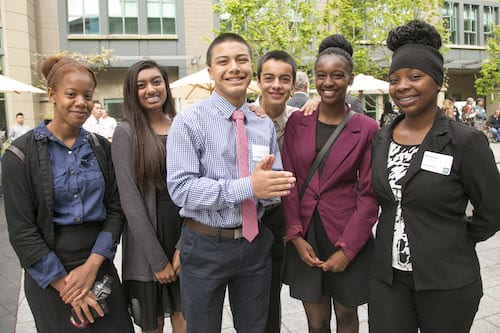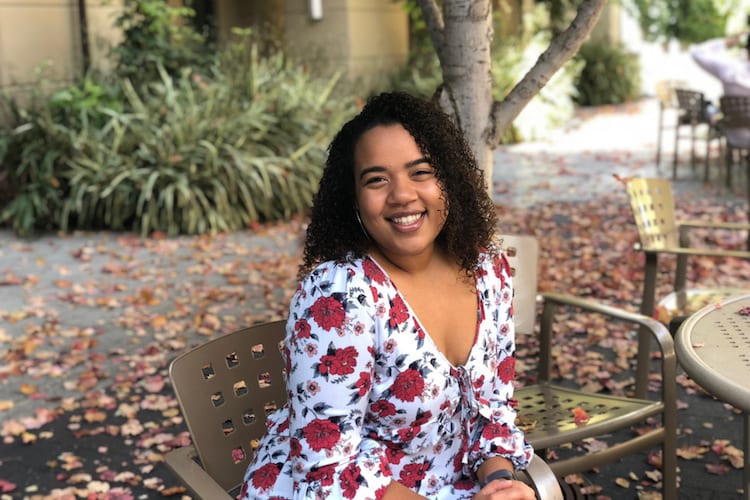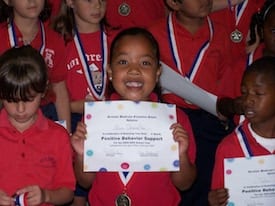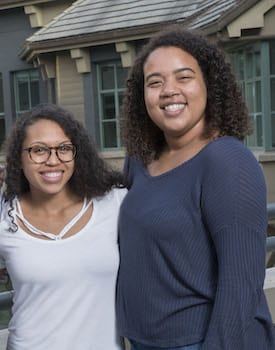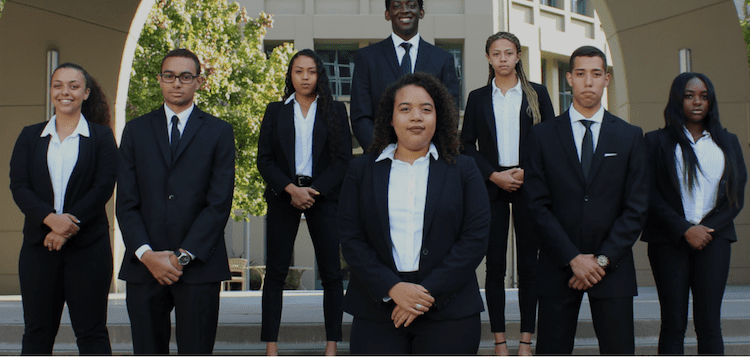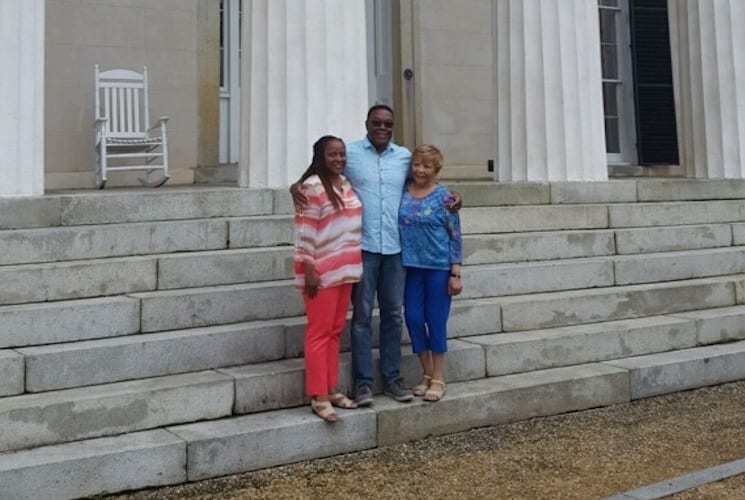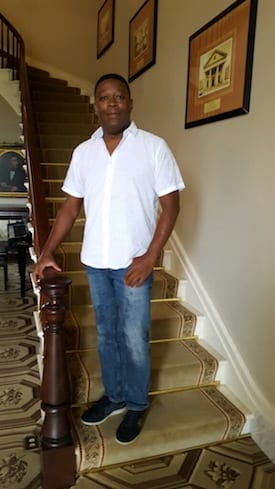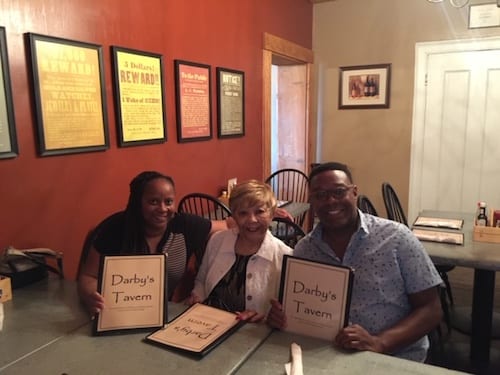The new class of 68 Berkeley MBA for Executives students who arrived at Berkeley Haas this month is an accomplished professional group that includes a cardiac surgeon, a professional chef, a healthy snack entrepreneur, and a rocket scientist.
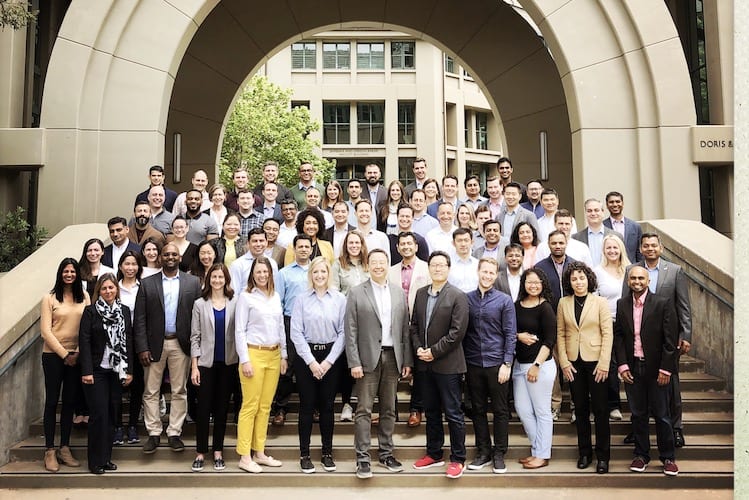
“We’re so excited to welcome this interesting new class,” said Susan Petty, director of admissions for the Berkeley EMBA program. “They have talents in so many areas inside and outside of their professional lives, and their backgrounds are incredibly diverse.”
Students average between eight to 22 years of work experience in industries ranging from tech and retail to energy and consulting. The group works at a total of 65 companies, including Amazon, Facebook, Abbott, Intel, Google, Chevron, Sephora, CVS, Applied Materials, and McKesson.
About 34 percent of the class arrived from outside of the Bay Area, hailing from Colorado, Maryland, Nevada, Oregon, Texas, Washington, and Washington DC. More than half (54 percent) were born outside of the U.S., including China, Canada, Romania, Israel, Iran, Mexico, Indonesia, Nigeria, the Philippines, and Sri Lanka. More than half are are multilingual.
The average age among the students is 37, and about a third are women.
Students said they’ve returned to Haas for an MBA for many reasons: to change a career path, start a company, or gain new skills to move up in their existing jobs.
Ben Nagar, a software engineer at Facebook who is from Israel, started a mobile payment company that he ran for three years, shutting it down in 2015.
“It was a great experience, but I needed more tools,” he said.
Nagar said he came to Haas to learn more about business operations, entrepreneurship, and innovation. “I like the mentality of the school and the pride in culture here,” he said. “It’s innovation oriented. I felt like it was the right place for me.”
Paris Latham, who works at Oakland-based Nelson-Nygaard, where she’s using data and maps to create more livable and connected communities, said she wanted MBA skills “to implement change for good in a larger way.”
Latham, who grew up in Berkeley and whose mother earned both an MBA and a law degree from UC Berkeley, said she’s especially excited about the EMBA immersion trips, experiential learning weeks that comprise a quarter of the EMBA curriculum. “I’m looking forward to getting to know everyone,” she said. “Everyone is really serious about the program and it’s nice to know that there will be an unmatched level of commitment.”
Shahed Behed Behjat, who serves as the Oracle lead at aerospace company PTI Technologies in Oxnard, California, said he’s hoping to start a group fitness company based on traditional Persian fighting methods that combine movement with weights.
He said he chose Haas because he wanted a residential MBA program. “If I’m going to come all the way to graduate school I wanted to meet the people and get to know them,” he said. “For me, that’s 50 percent of the experience.”
Some facts about the Class of 2020:
- Three students have four children each—and the class has a total of 73 children. One student has a son who will enter UC Berkeley this fall as a freshman in the College of Engineering.
- 28% of the class is the first generation in their families to go to college, and 33% hold at least one advanced degree, including two PhDs, two MDs, one JD, and a pharmacy degree.
- 12% of the class has served in the military, including the U.S. Navy, Air Force, Marines, and Coast Guard. One student led special ops forces through combat missions, and another carried out the largest drug bust in U.S. history, Petty said.
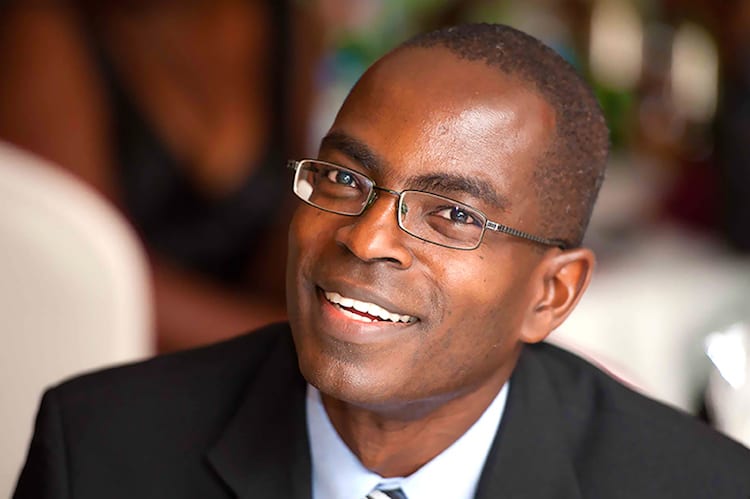 Education pioneer Patrick Awuah, MBA 99, founder of Ghana’s Ashesi University, will be welcomed back to campus this week as the 2019 MBA commencement speaker.
Education pioneer Patrick Awuah, MBA 99, founder of Ghana’s Ashesi University, will be welcomed back to campus this week as the 2019 MBA commencement speaker.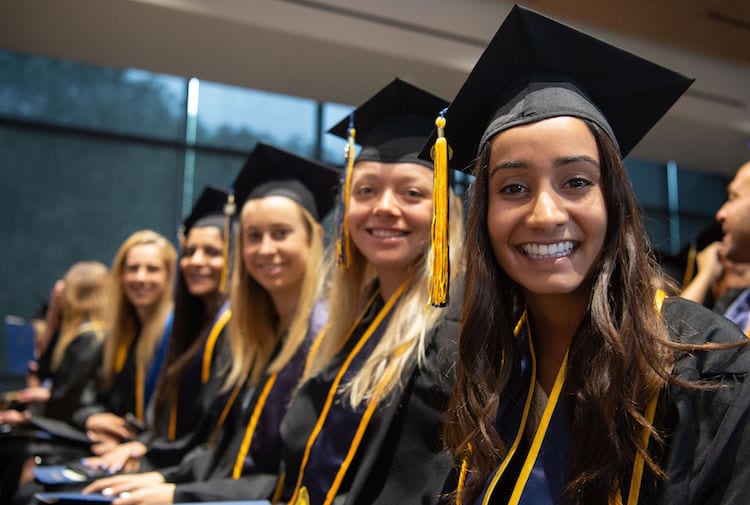
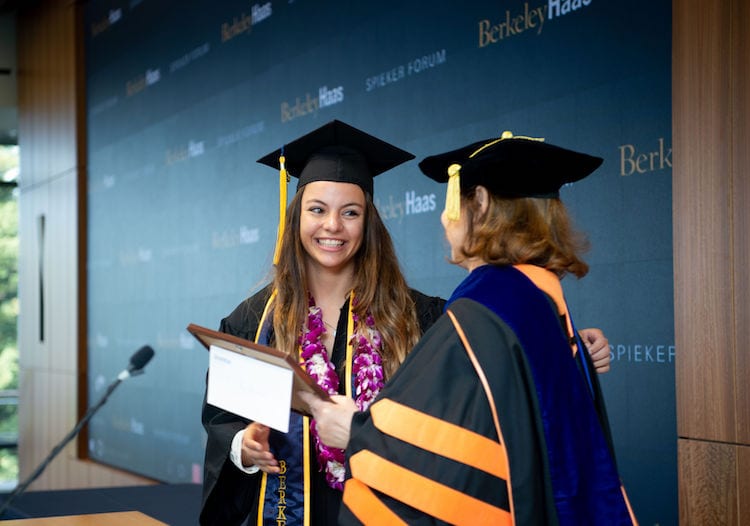
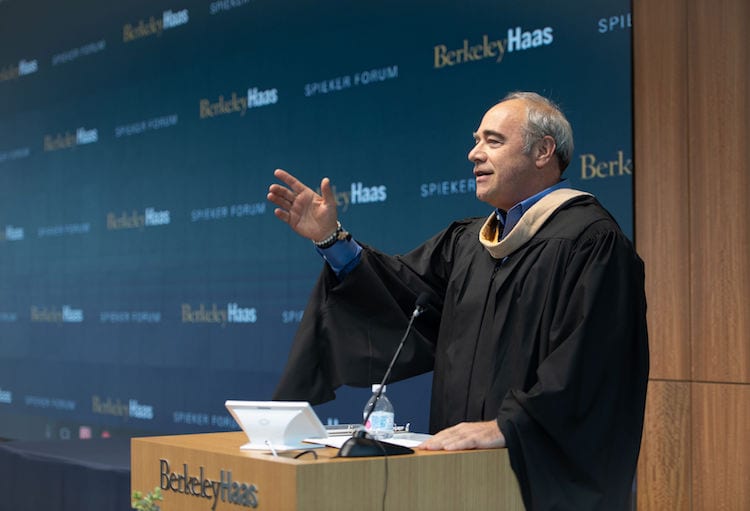
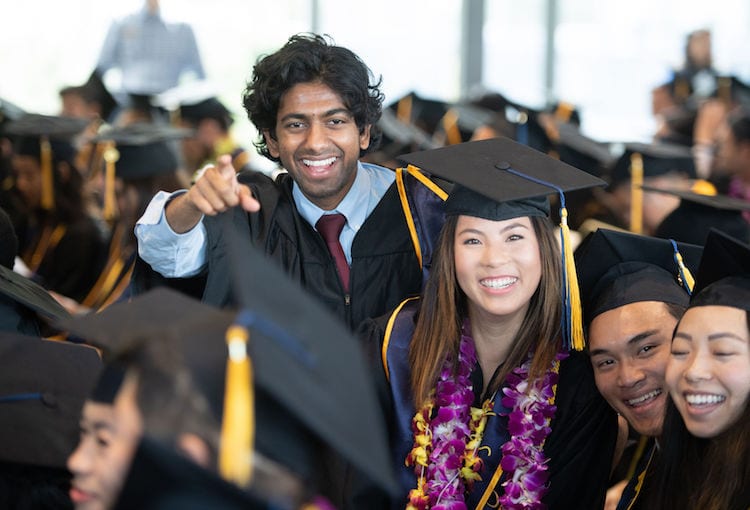
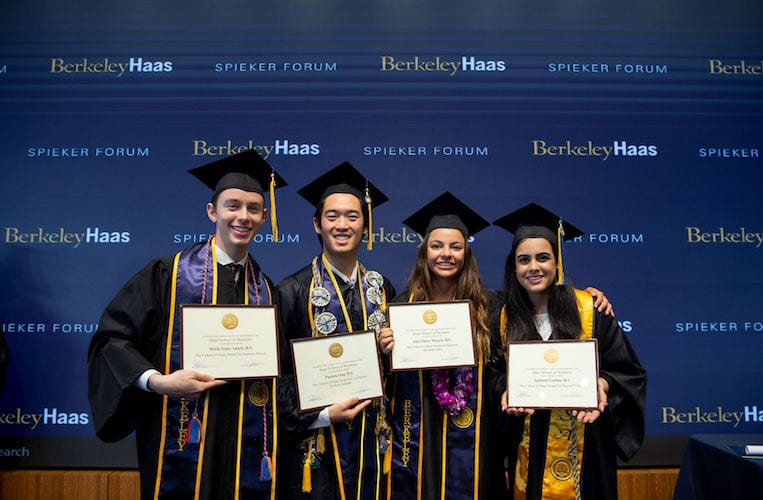
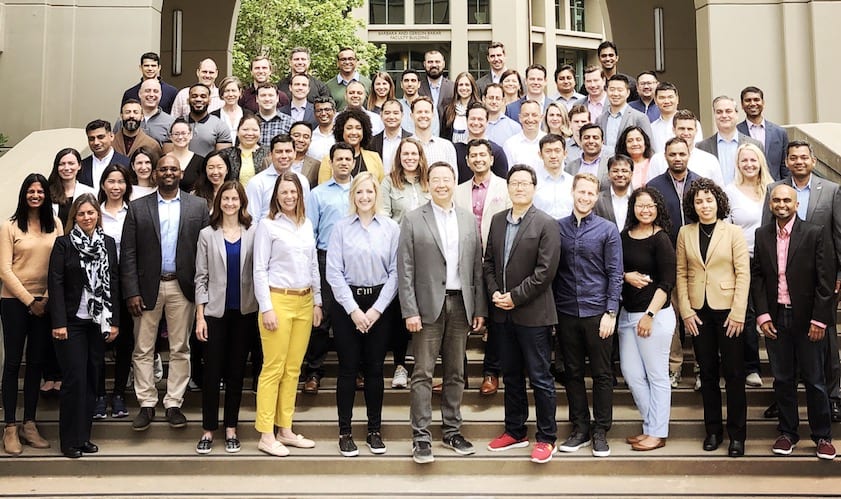
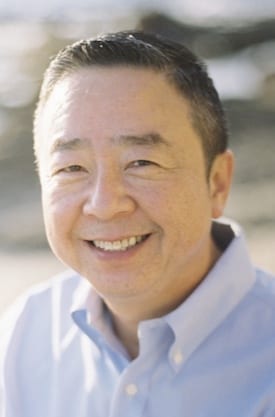
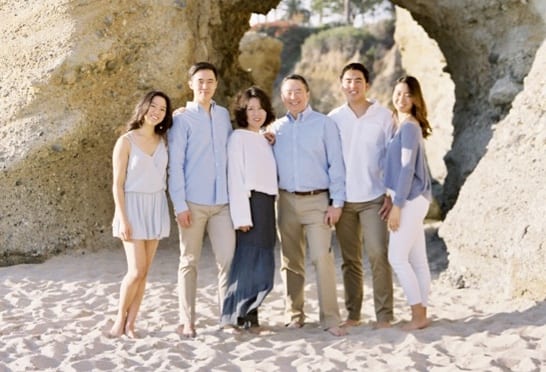
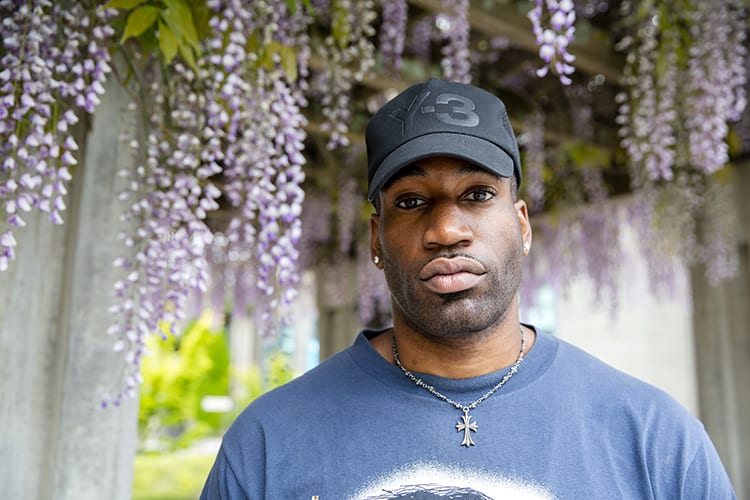
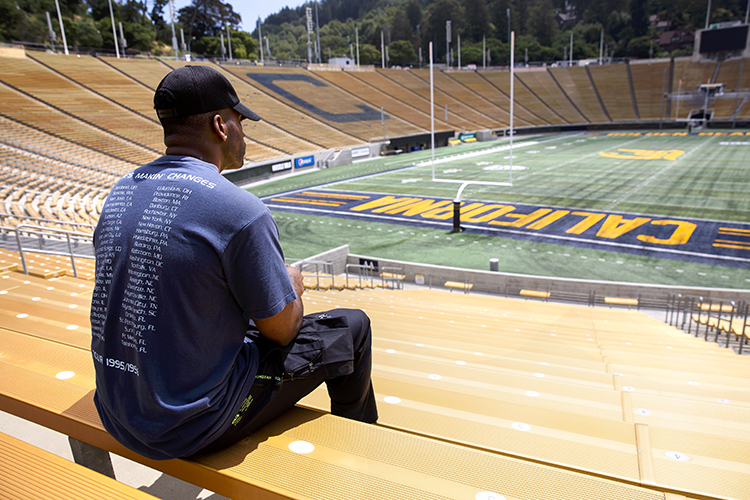
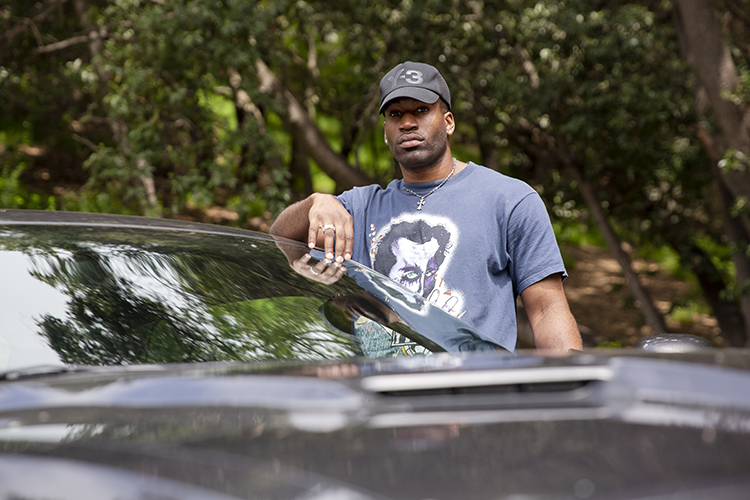
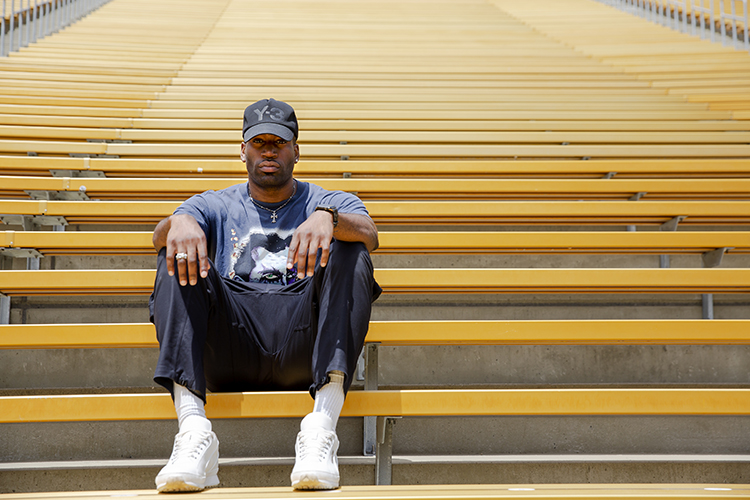
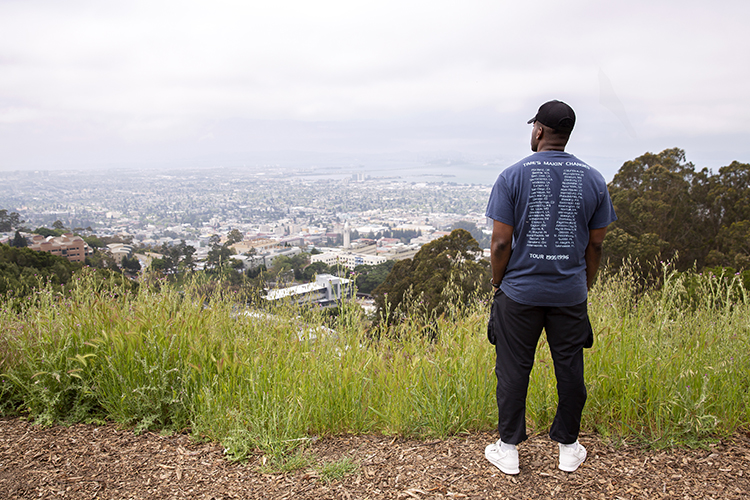

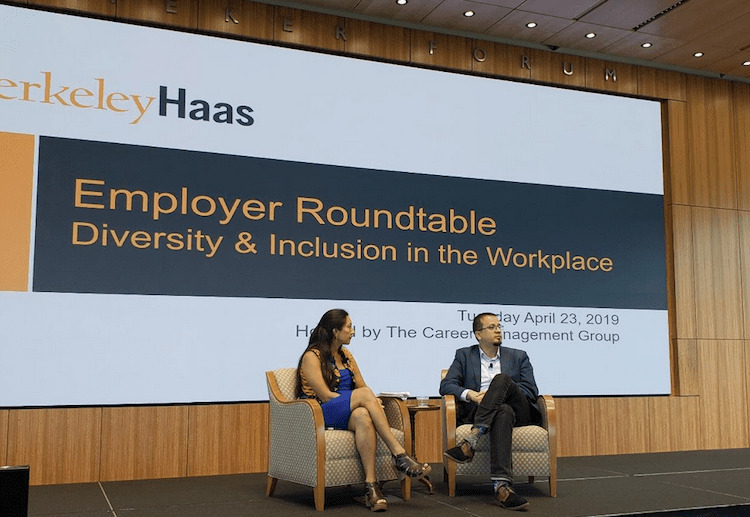
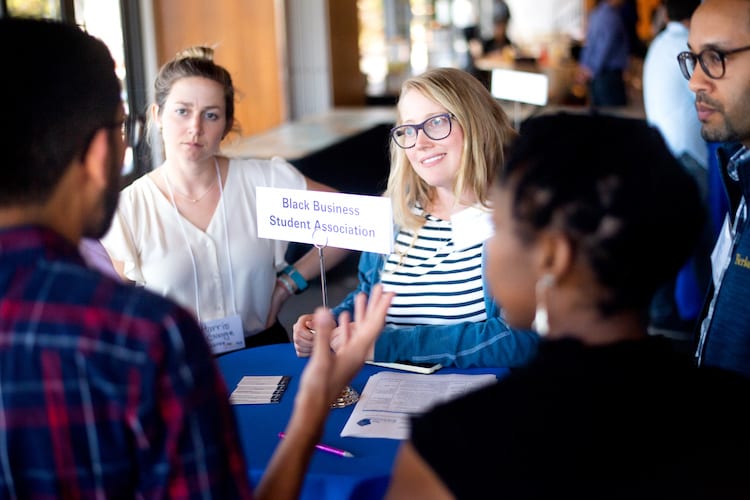
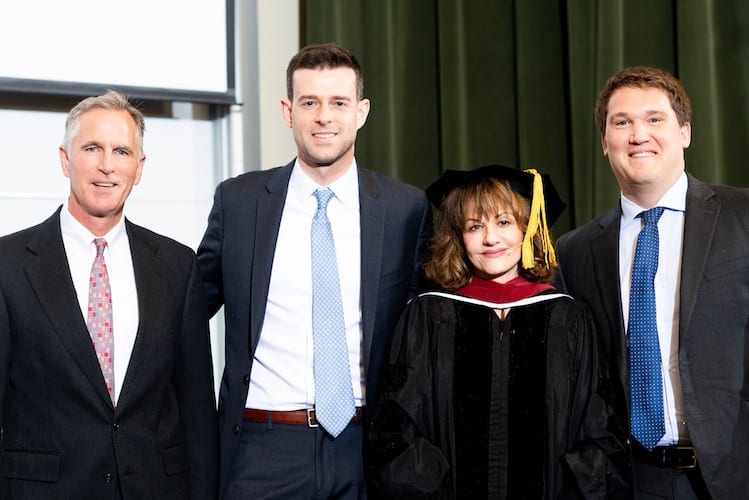
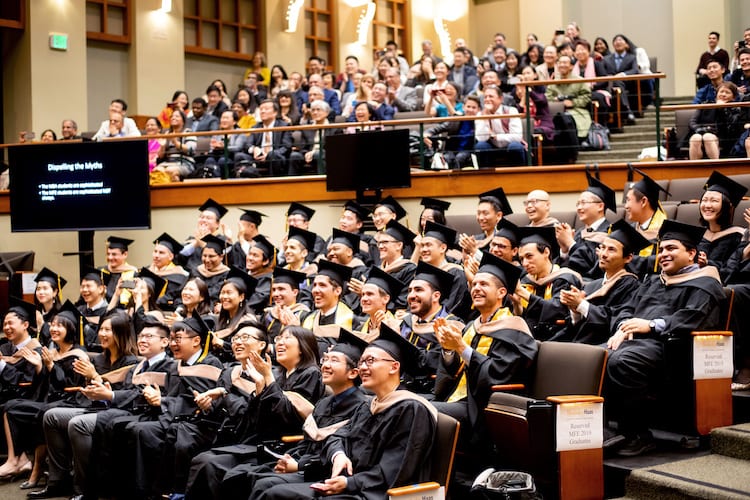
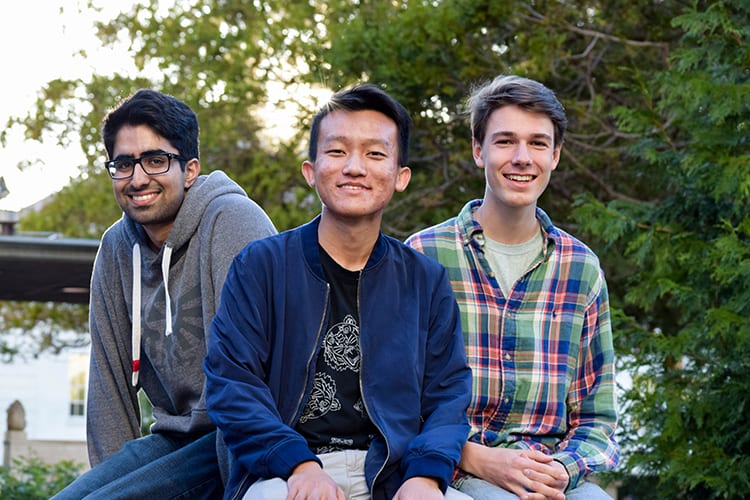

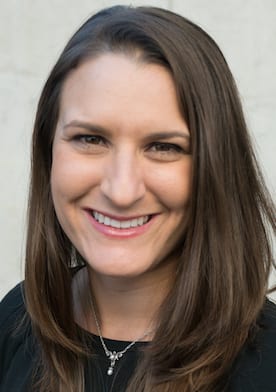
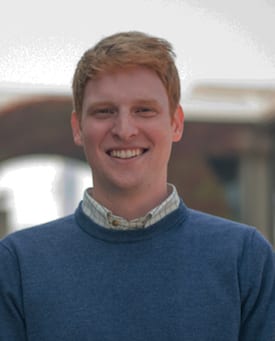
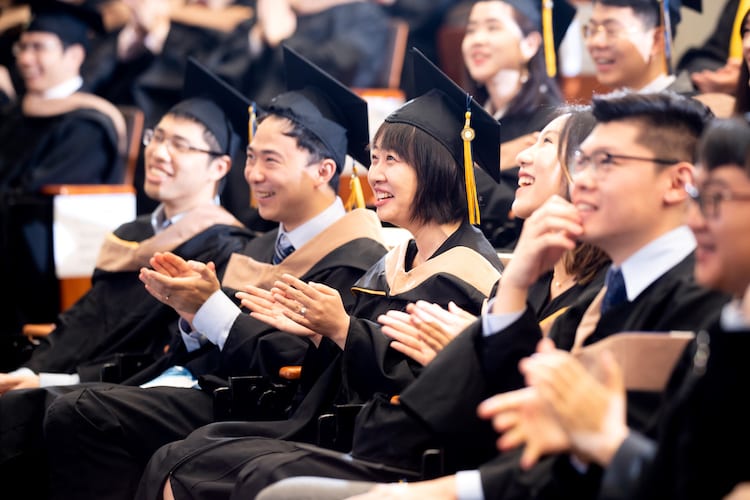
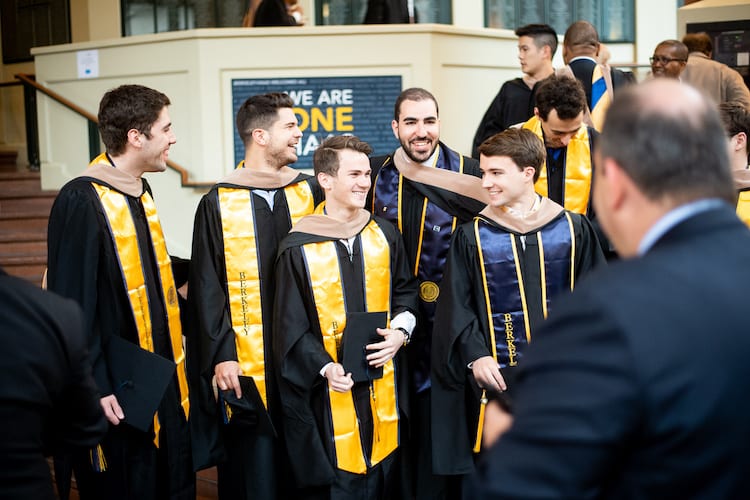
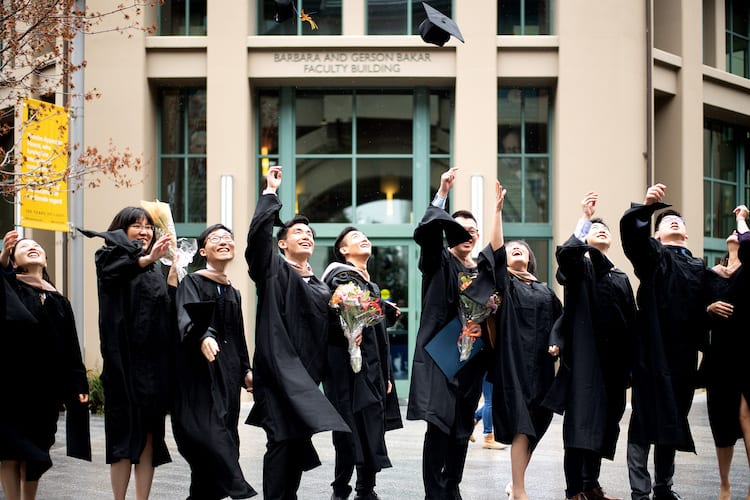
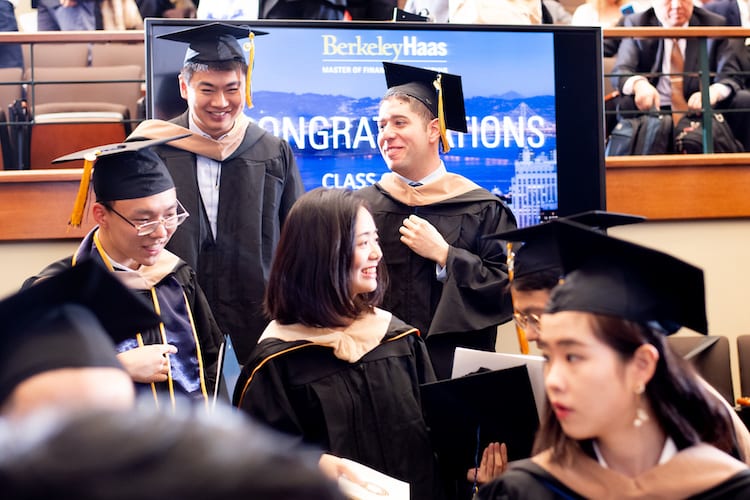
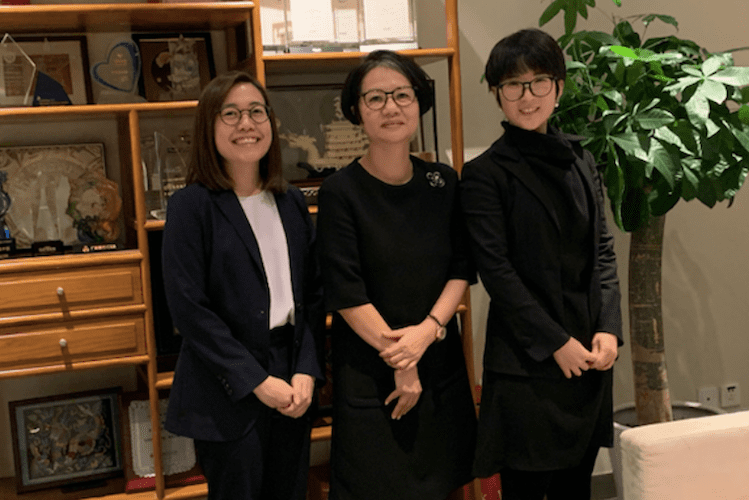
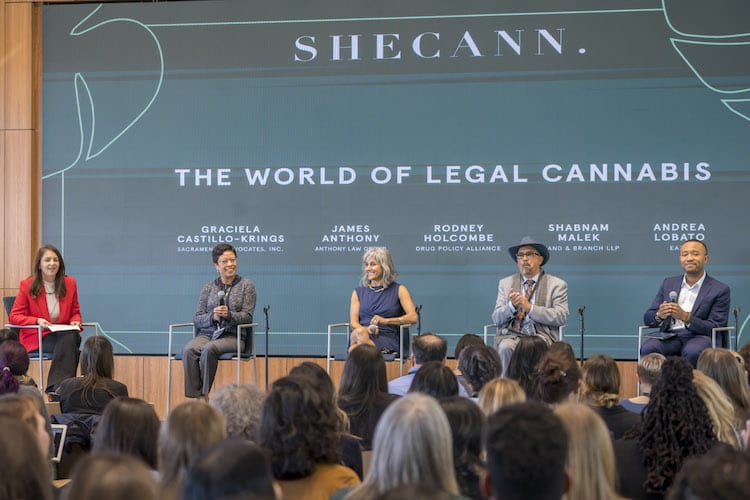
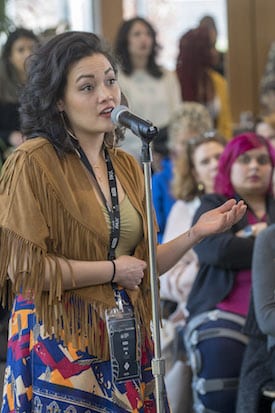
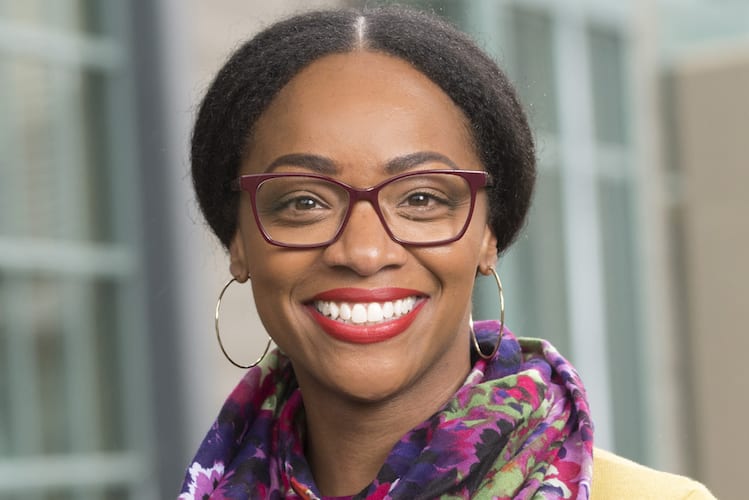
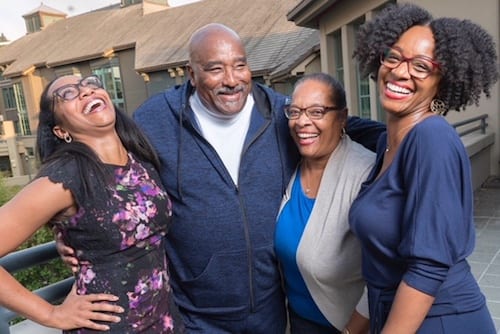
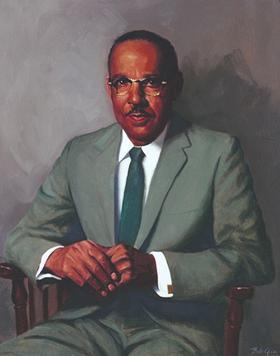
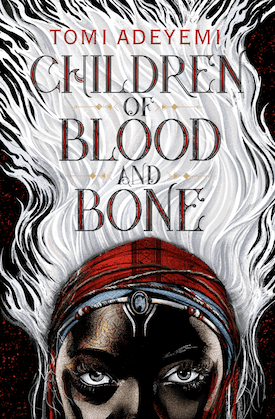 students into the research lab for hands-on STEM experiences. “I would tell them that your connection to science is right in front of your eyes. You are looking at the cells that came from a black woman from the Baltimore area.” An unknowingly heroic contributor to science and medicine, Lacks “teaches me the power of legacy and the impact we can make in the lives of people we’ve never met,” Cohen said. Some heroes are out in front like Oprah and Michelle Obama, Cohen said. “But with Henrietta Lacks it’s impossible to measure her impact, to monetize the impact of having her cells being harvested and grown all over the world to test for all kinds of diseases and to create cures for all kinds of diseases, including polio.”
students into the research lab for hands-on STEM experiences. “I would tell them that your connection to science is right in front of your eyes. You are looking at the cells that came from a black woman from the Baltimore area.” An unknowingly heroic contributor to science and medicine, Lacks “teaches me the power of legacy and the impact we can make in the lives of people we’ve never met,” Cohen said. Some heroes are out in front like Oprah and Michelle Obama, Cohen said. “But with Henrietta Lacks it’s impossible to measure her impact, to monetize the impact of having her cells being harvested and grown all over the world to test for all kinds of diseases and to create cures for all kinds of diseases, including polio.”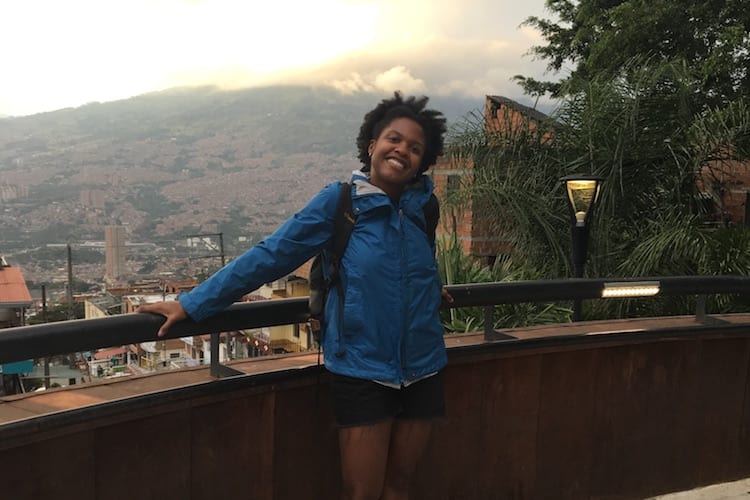
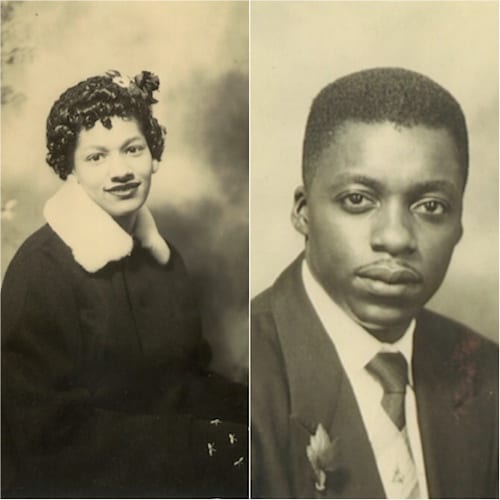

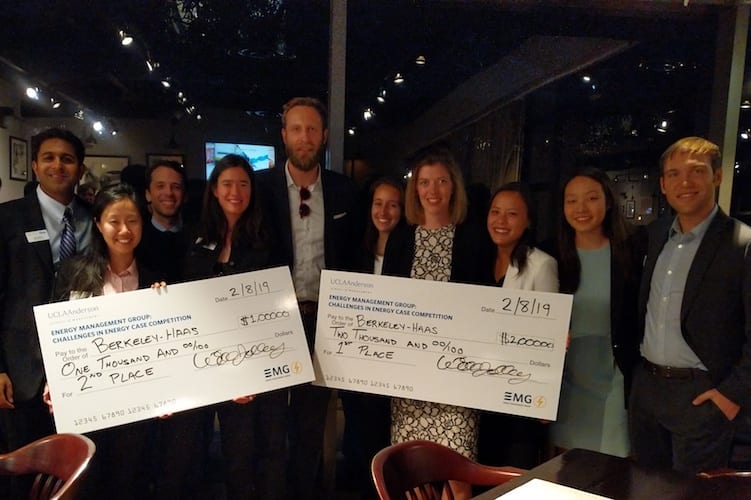
 though the Clean Fuel Reward Program run by utilities, but the current tracking system is costly and inaccurate and does not incentivize enough behavior change. “Blockchain helps to reduce a lot of back-end inefficiencies,” Yao said. Vinculara’s blockchain platform, when used by electric vehicle owners, fleet managers, and regulators, would help reduce the cost and complexity of tracking and verifying credits and in doing so, open up the LCFS market to smaller players who are currently unable to get involved and claim their credits. “I think the market-opening part is the most interesting part of our proposal,” Tomlinson said.
though the Clean Fuel Reward Program run by utilities, but the current tracking system is costly and inaccurate and does not incentivize enough behavior change. “Blockchain helps to reduce a lot of back-end inefficiencies,” Yao said. Vinculara’s blockchain platform, when used by electric vehicle owners, fleet managers, and regulators, would help reduce the cost and complexity of tracking and verifying credits and in doing so, open up the LCFS market to smaller players who are currently unable to get involved and claim their credits. “I think the market-opening part is the most interesting part of our proposal,” Tomlinson said.

